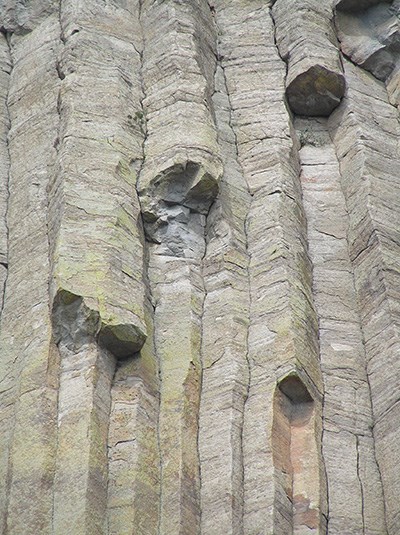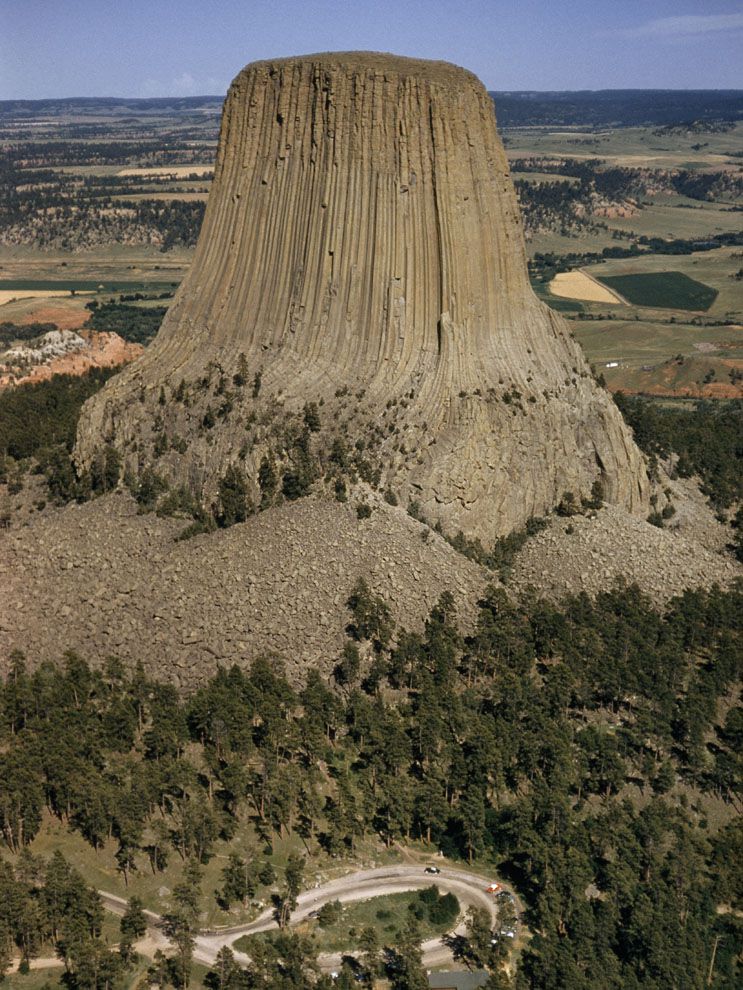

National Geographic Society. (2012, November 09). Devils Tower. Retrieved July 12, 2019, from https://www.nationalgeographic.org/media/devils-tower-geology/
National park service. (2019, April 14). How the Tower Formed. Retrieved July 12, 2019, from https://www.nps.gov/deto/learn/nature/tower-formation.htm
National Geographic Society. (2012, November 09). Devils Tower. Retrieved July 12, 2019, from https://www.nationalgeographic.org/media/devils-tower-geology/
National park service. (2019, April 14). How the Tower Formed. Retrieved July 12, 2019, from https://www.nps.gov/deto/learn/nature/tower-formation.htm
National Geographic Society. (2012, November 09). Devils Tower. Retrieved July 12, 2019, from https://www.nationalgeographic.org/media/devils-tower-geology/
National park service. (2019, April 14). How the Tower Formed. Retrieved July 12, 2019, from https://www.nps.gov/deto/learn/nature/tower-formation.htm
National Geographic Society. (2012, November 09). Devils Tower. Retrieved July 12, 2019, from https://www.nationalgeographic.org/media/devils-tower-geology/
National park service. (2019, April 14). How the Tower Formed. Retrieved July 12, 2019, from https://www.nps.gov/deto/learn/nature/tower-formation.htm
National Geographic Society. (2012, November 09). Devils Tower. Retrieved July 12, 2019, from https://www.nationalgeographic.org/media/devils-tower-geology/
National park service. (2019, April 14). How the Tower Formed. Retrieved July 12, 2019, from https://www.nps.gov/deto/learn/nature/tower-formation.htm
National park service. (2019, April 14). How the Tower Formed. Retrieved July 12, 2019, from https://www.nps.gov/deto/learn/nature/tower-formation.htm
National Geographic Society. (2012, November 09). Devils Tower. Retrieved July 12, 2019, from https://www.nationalgeographic.org/media/devils-tower-geology/
National park service. (2019, April 14). How the Tower Formed. Retrieved July 12, 2019, from https://www.nps.gov/deto/learn/nature/tower-formation.htm
No comments:
Post a Comment